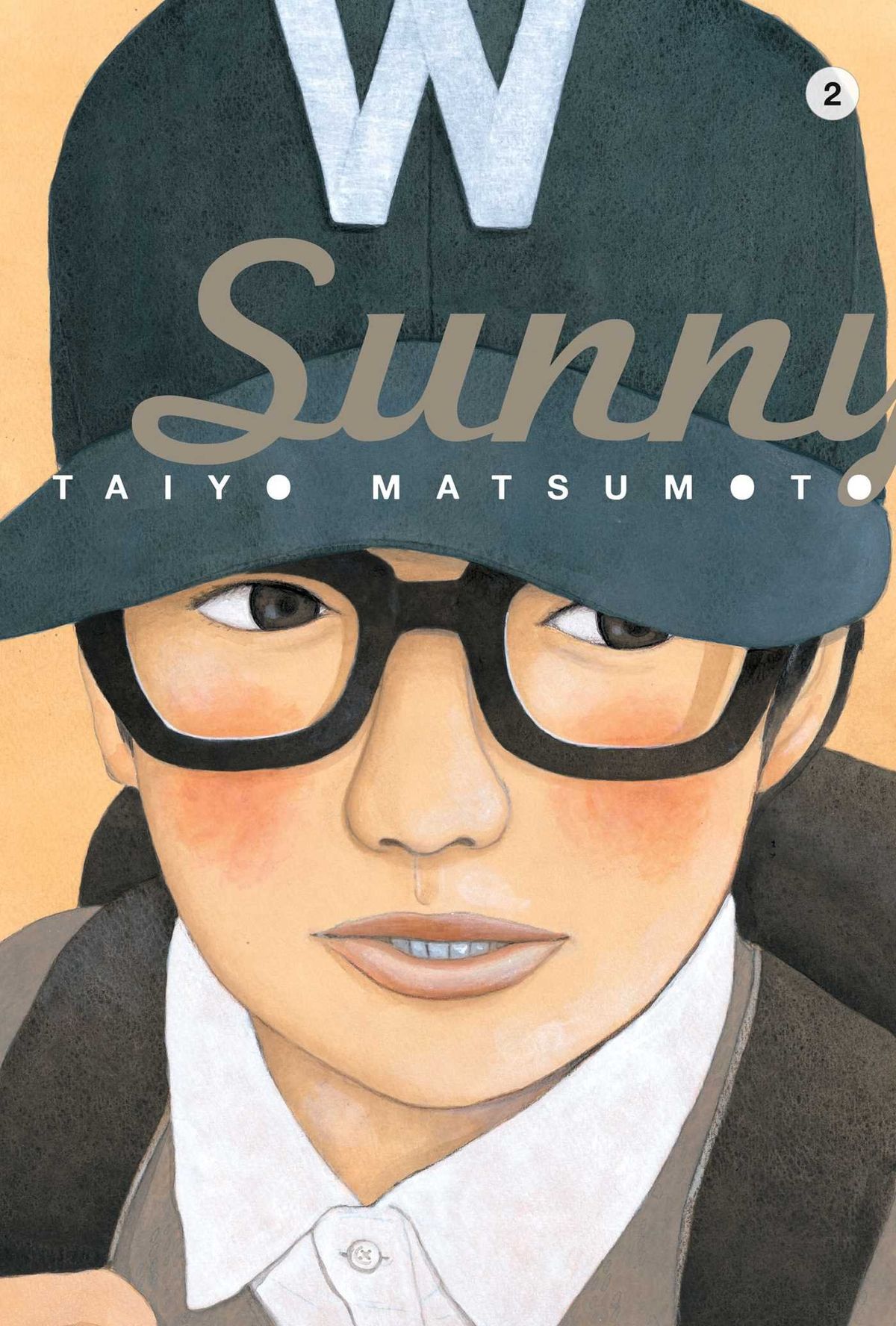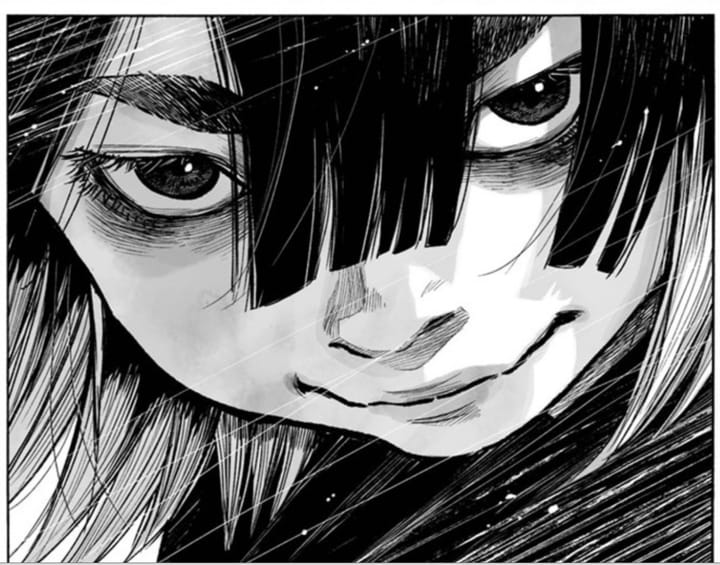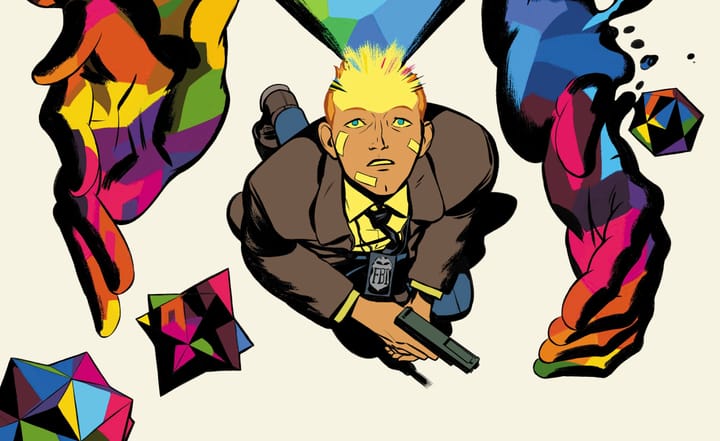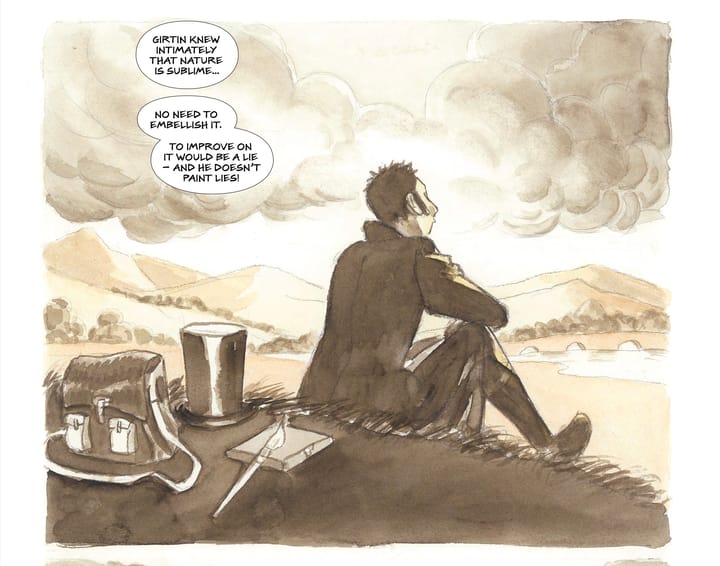From the Archives: Taiyo Matsumoto's Sunny V2

Taiyo Matsumoto has this shifting lens of reality. In this comics, he continually pushes the way we experience his drawings. No. 5 was manga inspired by Moebius. Tekkon Kinkreet was a wild trip viewing the city through the exaggerated experiences of children and GoGo Monster turned an elementary school into an alien landscape with new horrors and monsters behind every classroom door. Sunny Volume 2 is much less otherworldly than his other books but that makes it no less mesmerizing. Set in a home for unwanted children (not orphans exactly, more like kids whose parents for one reason or another are unable to care for them,) Matsumoto's Sunny focuses in on the isolation of childhood as these children struggle through the normal insecurities of growing up but without the normal securities of a mother and a father who are there for them.
Sunny Volume 2 is built around short stories of these children. Each story focuses on a different one of the children in the Star Kids Home but each highlights just how alone the children really are but how much they really just want to be loved. The centerpiece of this book is a story about Parent's Day as the kids' school. Instead of their parents attending, staff members from the home go for the children. Mr. Adachi jumps from room to room to participate in each of the classes activities and to be there for the children. Most of the kids appreciate it except for Harou, a boy whose independent streak gets him in trouble more than it doesn't. "Why are you here, Adachi? Just go away," he says in the middle of one of his classes. It's something that a child would say to an adult without even thinking about it.
In the flipside to the story about Parent’s Day at the children’s school, Matsumoto ends the book with Harou getting to go on a trip to visit his mother. Sitting in a diner with this mother, Harou can’t understand why his mother says, “The home sounds like fun…” after he describes everyone to her. “I wanna get outta there! I wanna come home and live with my mom!” he yells at her in the middle of the restaurant. It’s painful to watch Harou come undone like that as you remember he’s just a kid who has been shunted aside by his mother. He’s the kid who tries to cover up his feelings by outwardly acting tough but throughout Matsumoto’s book, you can see the inevitable breakdown waiting to happen. It’s even more painful to watch her as she sits calmly behind her paper, unable to answer her son, to comfort him in any significant way. In some ways, Harou is less of a son and more of an obligation to her. She just moved into a new apartment the previous week so while Harou is not returning to his home, he envies the artifacts of his old life with his mother as they’ve been able to stay with her while he’s been at Star Kids Home.
Matsumoto’s story and artwork are so honest and brutal that it hurts. Through the story and art, Matsumoto heightens all of the insecurities of childhood so that these children’s pain becomes our own. The pain of being alone, of being abandoned by parents and of being surrounded by strangers is the focus of Matsumoto’s storytelling in this book. His thin, sharp detailed lines are captivating but they’re so realistic that they can’t hide the pain of these characters. Even as they’re laughing, the world he’ drawing is just sad and painful. The art doesn’t allow you to hide from the emotions and it doesn’t allow the characters to be anything other than 100% themselves, which are often damage children. Harou is the character who tries to hide the most who he is but the story about him and his mother is just pure heartbreak.
Matsumoto’s artwork doesn’t romanticize these children’s world but his drawings create a heightened world. The kids school, home and city are so crisp, defined and rich. He draws a vivid experience that allows you to experience things as if for the first time. This worked particularly well to his advantage in GoGo Monster where he recontextualized a normal school into some otherworldly place but in Sunny Volume 2, it works the same way on the real world, where things we recognize as everyday objects or settings become a unique encounter. By shifting the point of view a bit or giving a brief insight into the children’s perspective of reality, Matumoto puts us in these kids shoes and truly makes us see their world through their eyes.
The wonderful thing is that even as Matsumoto beats us down with the loneliness and hurt of these children, there’s hope at the end of these stories. Matsumoto’s kids bounce back in ways that we can’t understand as adults and that we couldn’t heal from if they happened today. For each of his stories, they end on a beat of hope that often comes from within the children themselves. Matsumoto doesn’t get completely weighed down in how the world is unjust but he doesn’t shy away from it either. For as bad as the world is to abandon these children like it does, the kids have a strength and kindness in them that offers hope in tomorrow.





Comments ()